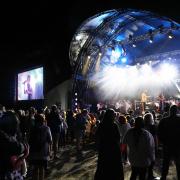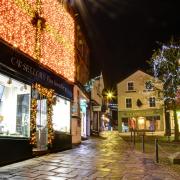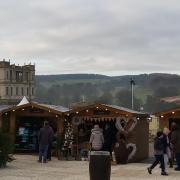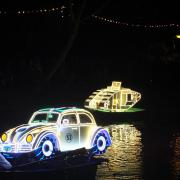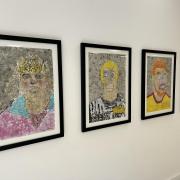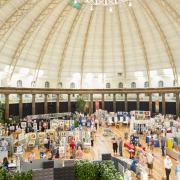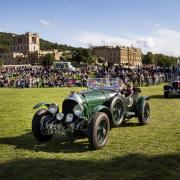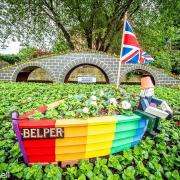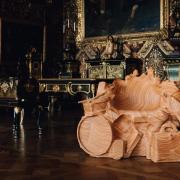Tom Williams of the Heritage Lottery Fund tells some ways in which the Fund is helping with county commemorative projects

On 4th August the country came together to mark 100 years since Britain entered the First World War. A tumultuous period in our history, its impact was and remains incredibly far reaching; dramatically changing society as it had been for centuries and shaping the modern world we live in today. Communities across Derbyshire suffered a huge upheaval in daily life when thousands of soldiers left their homes in the area to fight on the battlefields. Those who stayed behind experienced the war in different, but no less life-changing, ways. For the first time women worked on the fields and in the factories and the region’s industry, in particular Rolls-Royce in Derby, was revolutionised by the war effort.
Now 100 years later, many of the fascinating and important stories from the war are lost from living memory. Anniversaries are a moment to stop and remember the past but they are also a living event, a time to re-evaluate and make new discoveries. Helped by Lottery money, people across the county are helping to ensure that these war stories are remembered for at least another 100 years by exploring the impact of the war on their local area. They are taking the opportunity to reflect, commemorate and understand its relevance for today.
The Heritage Lottery Fund’s ‘First World War; then and now’ programme launched last year to provide grants of between £3,000 and £10,000 to help communities mark the Centenary in a way that best suits them. There has been significant interest in the programme and in the East Midlands £301,900 has already been distributed to 39 projects. It will remain open for applications until 2019. Funding for projects larger than £10,000 is also available through its open programmes.
Vanessa Harbar, acting Head of the Heritage Lottery Fund in the East Midlands, said: ‘We’re delighted that so many people across the county have responded to our call to explore the First World War stories in their area. It’s a privilege to be able to empower so many people, in particular young people, to conserve, and – what I believe is most important – share their First World War heritage. I hope that together we are creating a Centenary legacy that future generations can look to and draw upon.’

Crich and Lea Mills in the Great War
People in Crich are bringing the stories behind the names of soldiers listed on the Parish Roll of Honour to life by researching their lives and publishing mini-biographies. They want to ensure that the memories of people from the area who served are more than just names on a wall and are adding any omissions including nurses who served. Many residents had worked at Lea Mills, the area’s largest employer, where a badly damaged Roll of Honour was found when research began. This will be recreated alongside a memorial book and website.

Food for Thought in Tideswell
Young people on courses run by Tideswell School of Food, are learning more about what it was like to live during the First World War, through exploring the food of the time. Rationing did not begin until 1918 but there were large scale food shortages and every piece of land was used to grow food. The young people are planting a victory garden and cooking dishes based on recipes from the time. As part of the courses, local shops are selling goods through a ration card experience.
Dark Clouds are Smouldering in to Red
Young people are working with Derby-based orchestra Sinfonia Viva and an award-winning composer to explore the experiences of the First World War through music and dance. The young people have been visiting significant war-time sites such as a former military hospital and a reconstructed trench to help understand the loss and social upheaval that soldiers and their families experienced. This is informing their music which they are performing live across the region.
Eyam’s second sacrifice
The community in Eyam famously chose to isolate itself when hit by the bubonic plague. Now 350 years later, residents have put together a First World War exhibition honouring the ‘second sacrifice’ of the historic village. The exhibition, which is now open at Eyam Museum, tells the story of the 125 men from Eyam who went to fight, 43 of which did not come home. It includes artefacts such as medals, photographs, a rifle, bugle, memorial plaques and letters home.
If you have details of any Derbyshire projects that are underway, Derbyshire Life would like to hear from you. Please contact Joy Hales, Derbyshire Life & Countryside, 61 Friar Gate, Derby DE1 1DJ, tel. 01332 227861 or email joy.hales@derbyshirelife.co.uk.
If you have an idea for a First World War project and would like to find out more about securing a Heritage Lottery Fund grant, click www.hlf.org.uk or #understandingWW1






